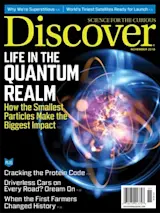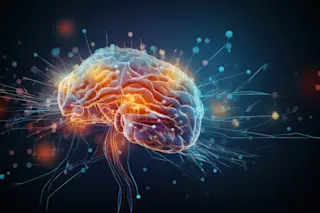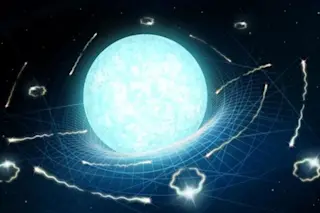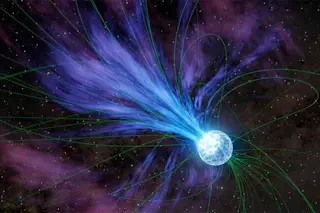If Max Planck hadn’t ignored some bad advice, he would never have started a revolution. The pivotal moment happened in 1878, when young Planck asked one of his professors whether to continue pursuing a career in physics. Herr Professor Philipp von Jolly told Planck to find another line of work.
All the important discoveries in physics had already been made, the professor assured his young protégé. As Planck later recalled, von Jolly told him, “[Physics] may yet keep going in one corner or another, scrutinizing or putting in order a jot here and a tittle there, but the system as a whole is secured, and theoretical physics is noticeably approaching its completion.”
Putting one of those jots in order, it turned out, eventually won Planck a Nobel Prize — and led to the birth of quantum mechanics. The troublesome trifle concerned a very ordinary phenomenon: Why do objects glow the ...















